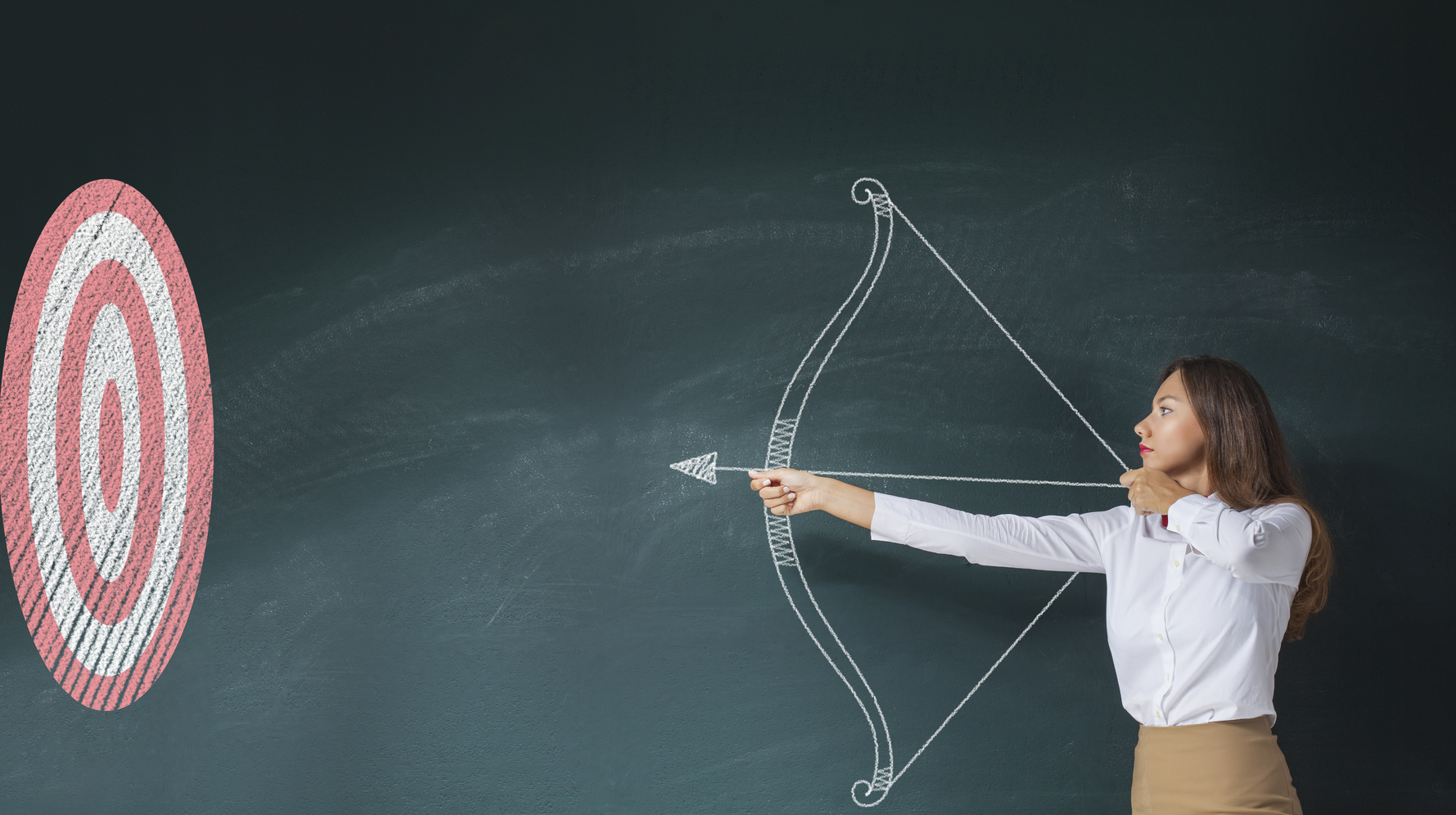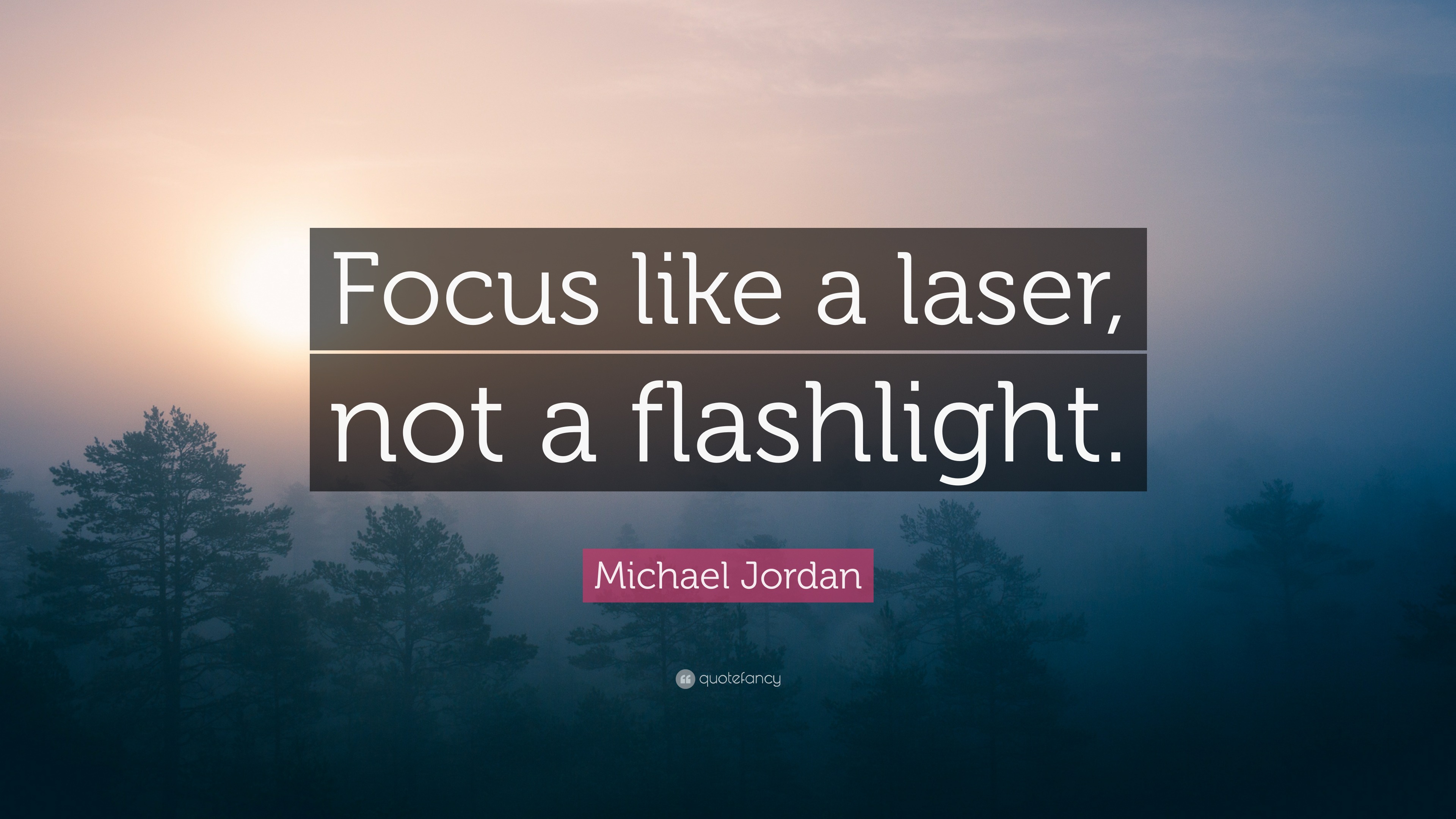

I have seen work by Eric Manigaud in which he reproduces photographs of Jewish victims of Nazi mental asylums. Most hyper-realistic drawings which I have seen in the flesh, have been very large so that imperfections of drawing are smoothed through scale.īetterzip 4 0 3. The drawings are not photo-realistic they are of a small intimate size.

He shows examples of the drawings and talks about them here. These delicate drawings done with 2H pencil look like old photographs and are either from imagination or based on friends. In the context of this project, his painstaking drawings of the characters come to mind. Blake has had a life long fascination with the poem and has created, over many years, illustrations using collage, painting and drawing. I feel that, for this approach to be valid, the drawing has to say more than a photograph would, and given that many hyper-realistic drawings use a photograph as a reference, it is not always obvious what that might be.Ī couple of years ago, I was lucky to see Peter Blake's illustrations to Dylan Thomas's ‘Under Milk Wood'.

Alternatively, it may be a mere demonstration of technical skill. Why you would want to made a drawing look like a photograph? One reason might be that you are drawing something which could not be photographed, say a fantastical beast. The ultimate example of this is hyper-realism. The first requires minute observational skills and the draughtsmanship to convert he observation in to a detailed representational drawing. The subject should have ‘a sub stantial number of detail ed parts'.Īttention to detail and accumulation of detail are two different approaches to this project. The objective of this project is to produce a drawing which requires focused effort and attention to detail. If the image and the cross-hairs move in relation to each other, then adjust the focus until they do not.If the image and the cross-hairs do not move in relation to each other, then the image is focused correctly. Move your head slightly from side to side.Focus the image until both the image and the cross-hairs appear sharp.If necessary, adjust the viewfinder of the OM-4, or use a correction lens in an eyecup, or use the Varimagni Finder and adjust its eyepiece. Make sure that you can clearly see the double lines of the cross-hairs.Temporarily put the image in the viewfinder out of focus.The central circle is larger than in the 1-11 screen, and the cross-hairs are longer and finer.This screen gives a very bright image in the viewfinder, even brighter than the 2-4 screen, and gives the false impression that there is lots of depth of field.įocusing with the cross-hairs needs a different technique (no-parallax) from focusing on the matte area. But with her best friend, Katie, by her side, she's also starting high school - and ready for whatever comes next. Step 6 - Refine the specific aims and objectives of the study Defining a good question. Step 3 - Search for existing information. Step 2 - Formulate the research question. Intended for use with the Zuiko Auto-Macro 38mm f/2.8, Zuiko Macro 38mm f/3.5, Zuiko Auto-1:1 Macro 80mm f/4 and Zuiko 1:1 Macro 80mm f/4 lenses. Similar to the 1-8 screen, but with a small, clear centre circle with double cross-hairs for precise focusing of an aerial image.


 0 kommentar(er)
0 kommentar(er)
